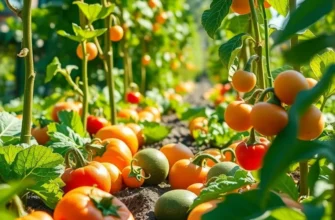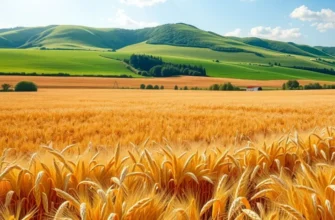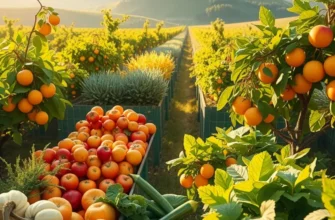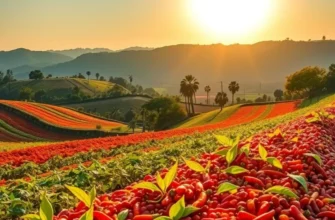The culinary world is rich with traditions, and coastal cultures stand out with their vibrant, fresh flavors influenced by the sea. Each coastal region brings unique ingredients and cooking methods steeped in history and community. From the sun-drenched Mediterranean to the rugged shores of the Pacific Northwest, these maritime cultures offer a feast for both the palate and the soul. Embarking on a journey through these coastal cuisines reveals time-honored recipes that celebrate local bounty and the age-old bond between communities and their waters.
Seafood Sensations: Harvesting the Ocean’s Bounty
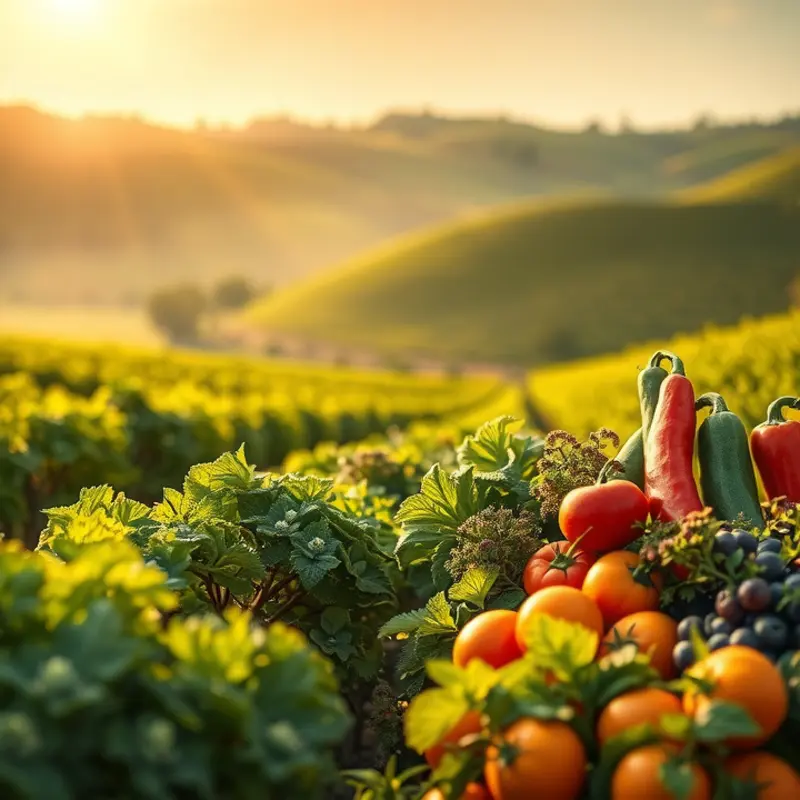
Coastal cuisine is a vibrant tapestry interwoven with the diversity of Earth’s marine ecosystems. Each region, from the bustling fish markets of Tokyo to the sun-drenched shores of Valencia, offers a unique narrative driven by the ocean’s bounty. These stories are told through the flavors and techniques passed down through generations.
In Japan, sushi is the epitome of elegance and restraint, allowing the freshness of the sea to shine. The art of making sushi is steeped in tradition. Chefs dedicate years to master the balance between vinegared rice and precisely cut seafood. Their skills celebrate local varieties such as tuna, mackerel, and sea urchin. Sustainability plays a vital role; many sushi chefs now collaborate with fishermen to ensure responsible sourcing practices.
Spain’s coastline offers a different symphony of flavors. Paella, born in the Valencian wetlands, showcases the abundance of Mediterranean seafood like mussels, shrimp, and cuttlefish paired with saffron-infused rice. This dish represents communal eating and seasonal ingredients. Known for its vibrant color and flavor, paella is cooked over an open flame in traditional round pans, creating a harmonious blend of textures and tastes.
Along the eastern coast of the United States, clam chowder stands out as a testament to New England’s fishing industry. This hearty dish traditionally includes clams, potatoes, and pork in a creamy broth. Fishermen’s ingenuity led to variations that utilize both fresh and preserved seafood. Generations continue to adapt recipes to reflect local catches and sustainable harvests.
Venturing to Southeast Asia, Thailand’s coastal dishes burst with exotic flavors and aromas. Tom Yum Goong, a hot and sour soup, features succulent shrimp and a medley of herbs and spices. This culinary marvel combines the sweetness of coconut milk with the zing of lemongrass and lime leaves. The balance and freshness of ingredients are paramount, reflecting the region’s rich fishing heritage and dependence on coastal resources.
For those interested in preserving the ocean’s offerings while exploring these tantalizing dishes, practical steps in the kitchen are vital. Implementing strategies like eco-smart kitchen storage contributes to sustainability. Learn more about eco-friendly kitchen tips and techniques.
The coastlines worldwide provide a vast array of flavors and culinary techniques, all rooted in the local maritime cultures. As you explore these seafood sensations, consider the stories behind each bite and the importance of sustainable fishing practices. Celebrating the ocean’s bounty ensures that these beloved dishes continue to be enjoyed by future generations, reminding us of our connection to the sea and its endless inspirations.
Land Meets Sea: Coastal Ingredients and Unique Flavors
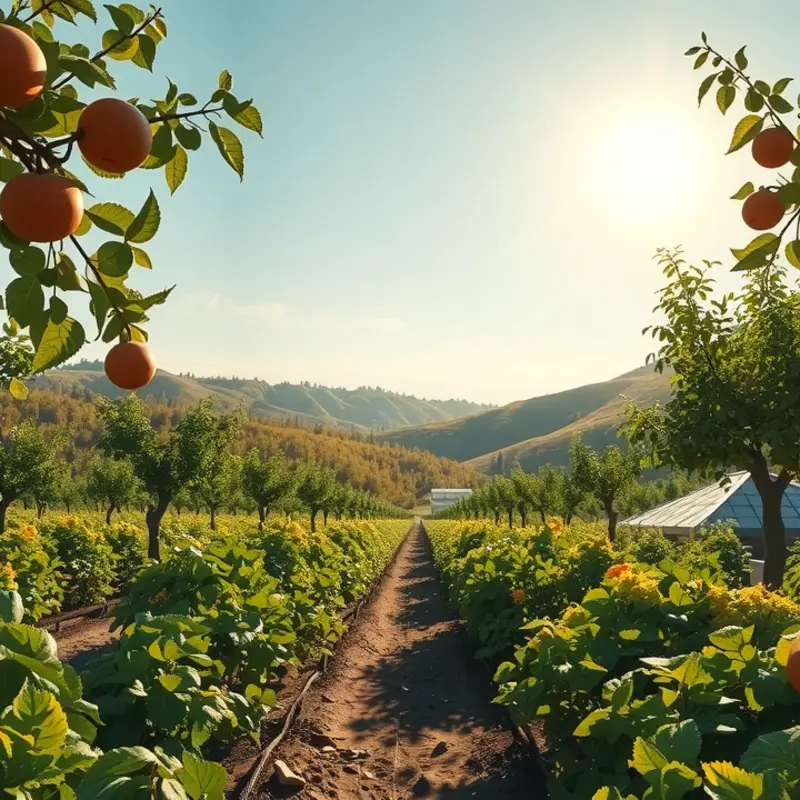
Coastal regions offer a vibrant tapestry of flavors, where the meeting of land and sea creates a culinary canvas rich in diversity and depth. The harmony between fresh seafood and terrestrial produce is at the core of many legendary dishes. In Italy, the rustic charm of fregola, a humble pasta served with clams or mussels, showcases the marriage of Mediterranean ingredients. The coarse texture of the pasta, made from semolina, absorbs the rich flavors from the seafood broth, often enhanced with saffron or piment d’espelette, a Basque pepper. Such additions infuse the dish with warmth and a hint of spice.
Moving to the shores of Peru, we encounter ceviche, a dish that exemplifies freshness and simplicity. Pacific fish like flounder or sea bass are marinated in freshly squeezed lime or bitter orange juice, which naturally “cooks” the fish. Essential to ceviche is the use of fresh cilantro, giving it a citrusy, herbal note, while aji amarillo peppers provide a delicate heat. Sweet potatoes and corn, both land-based ingredients, are often served alongside, balancing the acidity of the ceviche with their subtle sweetness.
In the south of France, bouillabaisse hails from the seaside city of Marseilles. This iconic seafood stew is a medley of the sea’s bounty, typically including varieties of white fish, shellfish, and even sea cucumbers. However, it’s the herbs and spices—saffron, fennel, and thyme—that elevate the dish. These ingredients create a fragrant broth, drawing a culinary map from the salty waters to the windswept hills inland.
The art of blending these coastal ingredients often involves traditional techniques like grilling and roasting. Grilling fish over an open flame not only amplifies its natural flavors but also imparts a subtle smokiness. This method, common in Mediterranean and Southeast Asian coastal cuisines, is a testament to communal dining as locals gather to share the freshly cooked bounty.
Roasting land-based ingredients, such as root vegetables, in tandem with seafood, particularly in communal spaces or on open-air markets, highlights the simplicity and depth of coastal fare. Techniques that respect the ocean’s gifts and the land’s harvest ensure that flavors remain authentic and vibrant. These methods not only preserve the integrity of the ingredients but also speak to a deep-seated respect for nature’s offerings.
Coastal communities, bonded by generations of fishing and farming, have an innate understanding of their environment. This connection informs their culinary practices, making eating a shared experience that goes beyond nourishment. With their profound accessibility to both land and sea, these regions create dishes that are rooted in tradition yet speak to the adventurous spirit of exploration.
For those interested in enhancing their seafood dishes without excess salt, consider exploring how to use herbs and spices effectively. For more on this topic, you might find this guide helpful.
The seamless blend of local ingredients and culturally embedded cooking techniques fosters tastes that transcend borders—uniting diverse culinary philosophies under the banner of coastal brilliance.
Final words
Through the lens of the sea, coastal cultures showcase a diverse palette of flavors that reflect their unique environments and histories. Seafood sensations paired with local produce create dishes that are not just meals but stories and celebrations of community and sustainability. Each bite reveals centuries of tradition and shared knowledge, forged by the ebb and flow of tides. As food enthusiasts, embracing these culinary treasures transcends taste, offering insight into the resilience and creativity of cultures worldwide. Whether you’re savoring a bowl of chowder or devouring a plate of grilled fish, you’re experiencing a piece of coastal heritage.



